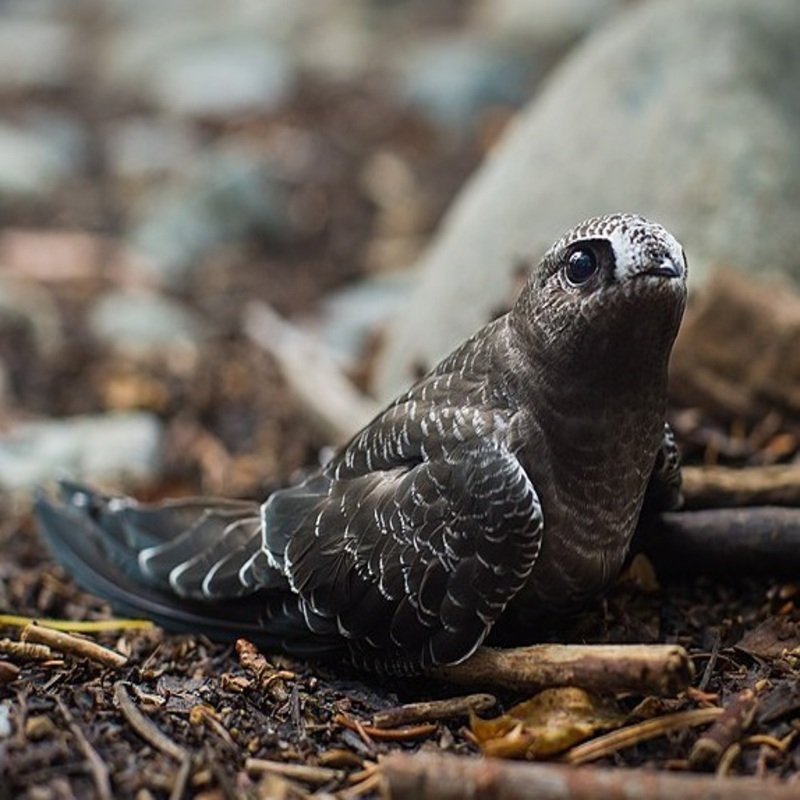Known as the American black swift, or simply black swift, Cypseloides niger Latin, the American black swift is a species of bird that may be found from northern British Columbia in Canada to the United States, Mexico, and into Costa Rica and Brazil. In addition, they can be found in the Caribbean. The Black Swift is the biggest of the swifts found in Washington. It has a sleek body with long, thin wings that are attached to it.
Quick Overview: Cypseloides Niger – Black Swift
Body size: Around 7-7.5 in (18-19 cm) and a weight of 45 g (1.6 oz)
Main colors: Black, White
Range: Western United States
Migratory Bird: Yes
Best time of the year to see in the U.S.: June, July, August, September
Conservation Status: Vulnerable
Black Swift Description
As an adult, the side of the forehead has fully blackish plumage with faint whitish patches on it, which may be as conspicuous as a frosty brow in flying birds. As a juvenile, the side of the forehead has entirely blackish plumage with faint whitish regions on it. Also, present on the belly-feathers of adults is varying amounts of white edging, with the majority of it being present on the females. Birds with significant white edging or scaling on their body and flight feathers are known as juvenile plumaged birds. The Black Swift is the only dark swift that has a notched tail over the majority of its range.

Size
These birds have a length of 7-7.5 in (18-19 cm) and a weight of 45 g (1.6 oz). Their wings could range from 15 in (38 cm).
Feeding
Black Swifts prey on flying insects, particularly winged ants in mid-air, and consume them. On clear days, they feed at altitudes from where they are rarely visible, and on gloomy days, they forage closer to the surface of the water. They consume water by flying low over a lake or pond and dipping their beak into the water below the surface.
Habitat
Black Swifts nest on cliff ledges behind or near waterfalls and sea caves, and they are a threatened species. It is them that scavenge for food in woods and open regions.
Behavior
Black Swifts are at ease in the skies, only coming down to roost or nest at the appropriate time. Using their tiny feet, they hold themselves up on precarious ledges in the same way as a rock climber holds herself up on the narrowest of ledges. The swifts fly with constant and shallow wingbeats in the air, which makes them appear considerably less fluttery and unpredictable than the smaller swifts.
Cypseloides Niger Scientific Classification
- Kingdom: Animalia
- Phylum: Chordata
- Subphylum: Chelicerata
- Class: Aves
- Order: Apodiformes
- Family: Apodidae
- Genus: Cypseloides
- Species: Cypseloides niger
Best time of the year to see
The best time to see these birds in the United States is during the summer season (June – September).
Distribution of the Black swift in the USA
Extreme southern Alaska is the breeding area, with the breeding range extending south to southern California and east to Montana, Colorado, New Mexico, Idaho, Utah, Arizona, and Nevada. The breeding range also extends south into Mexico. Winters are spent in the tropics with his family.

